The Oldsmobile 442 W30 wasn’t just another muscle car with a big engine and stripes. It was a purpose-built performance package that gave GM’s “gentleman’s muscle car” real bite. With hand-assembled engines, functional scoops, and carefully tuned suspension setups, the W30 package set the 442 apart from the usual big-block bruisers of the era. Even decades later, the W30 badge still carries weight. Here’s why it still matters today.
Factory Blueprinted Engines
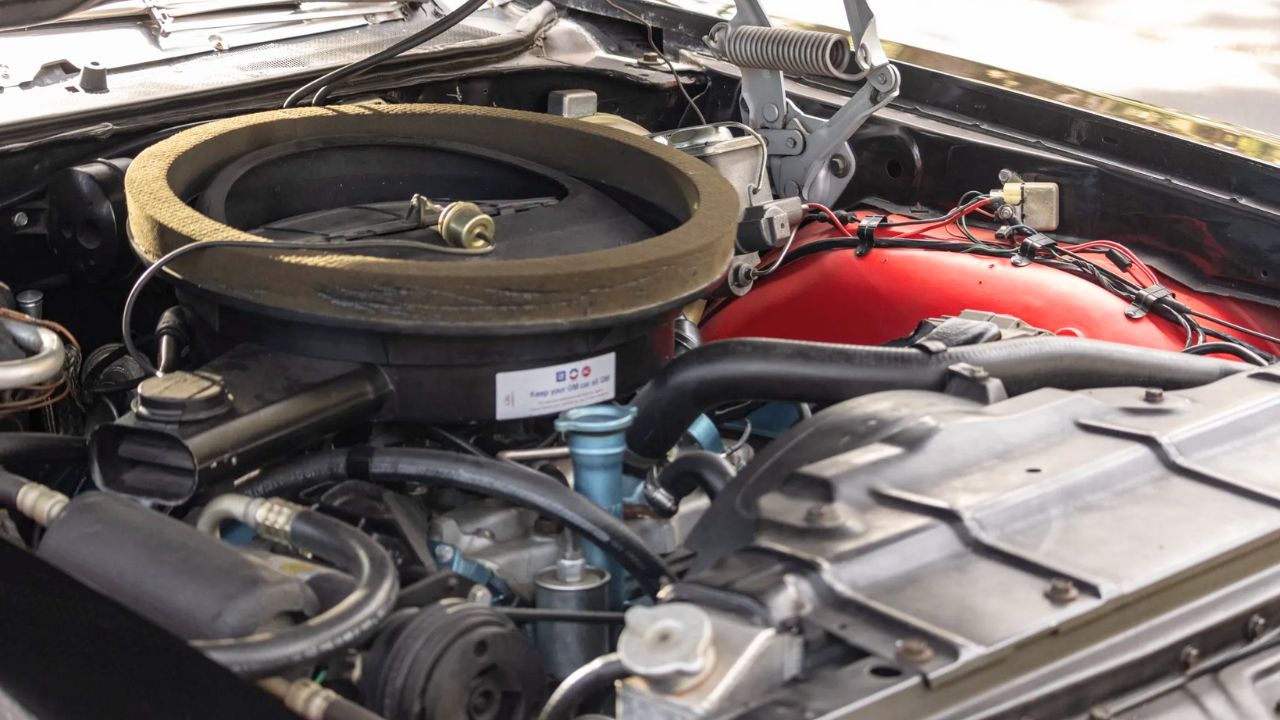
Every W30 engine was blueprinted at the factory, meaning tolerances were tighter and components were matched by hand. The 455-cubic-inch V8 in the W30 made a conservative 370 horsepower and 500 lb-ft of torque. Real-world tests showed these numbers were often underrated. The engine was assembled at Oldsmobile’s Lansing Performance Engine Assembly Center, giving it attention to detail most muscle cars never saw.
Functional Outside Air Induction
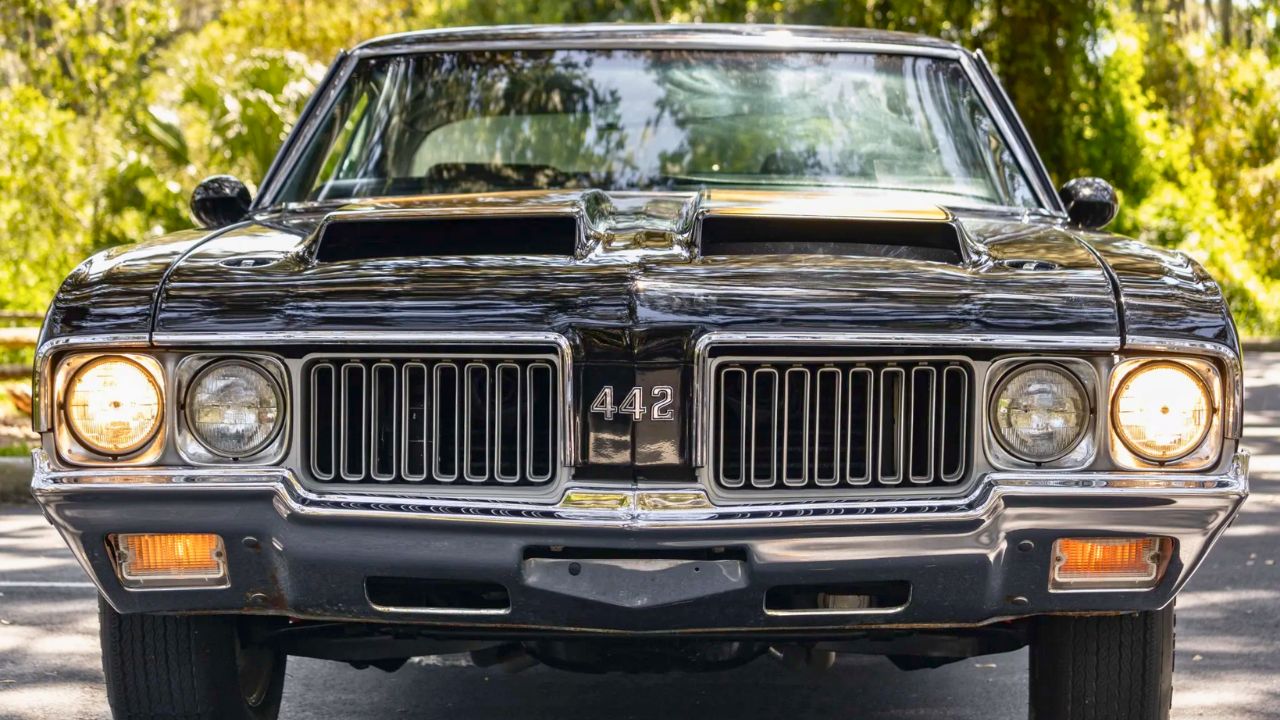
Unlike many hood scoops of the era, the W30’s fiberglass hood scoops were actually functional. Connected to a sealed air cleaner, they fed cooler air directly to the carb. This setup boosted performance and added to the car’s aggressive personality. Combined with high-flow heads and performance cams, the W30 wasn’t just a showpiece—it delivered on the street and strip.
Lightweight Components
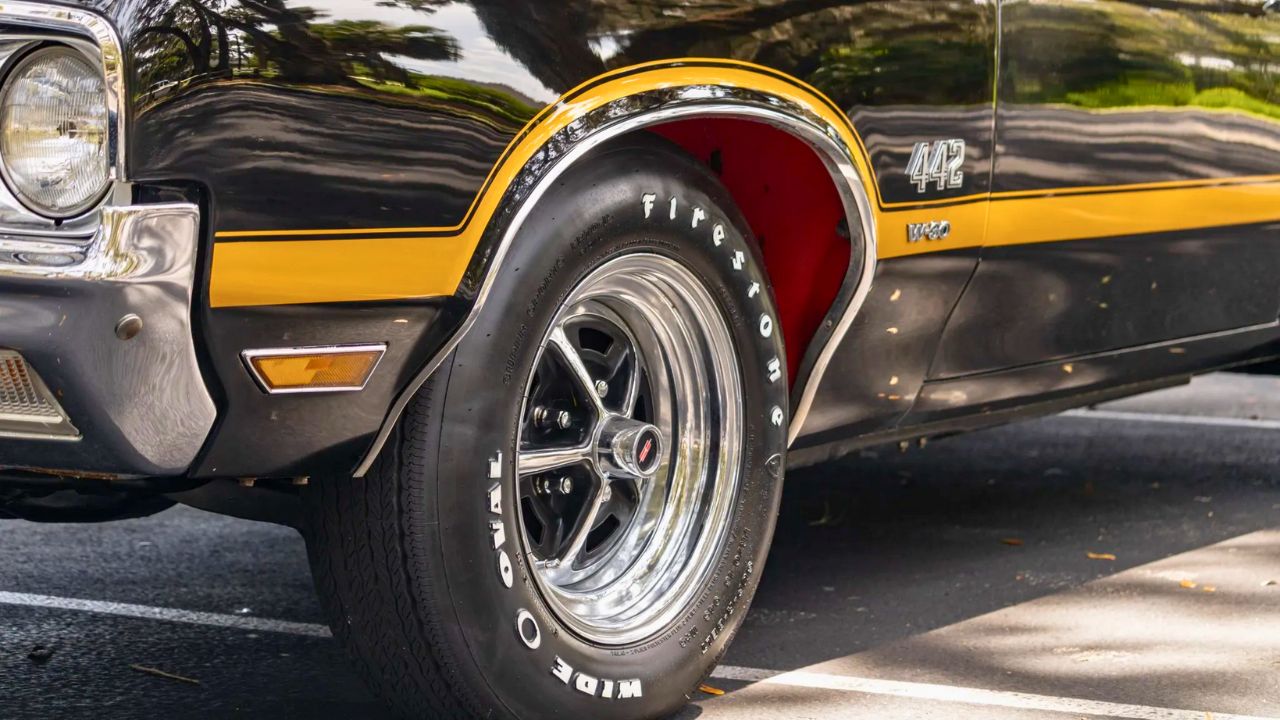
The W30 package included lightweight components to shave off unnecessary pounds. Aluminum intake manifolds and fiberglass inner fenders helped cut down weight over the front wheels. This gave the W30 a slight edge in weight distribution compared to other big-block cars of the time. It also made a difference in off-the-line launches, especially when paired with 4.33 gears.
Unique Cylinder Heads
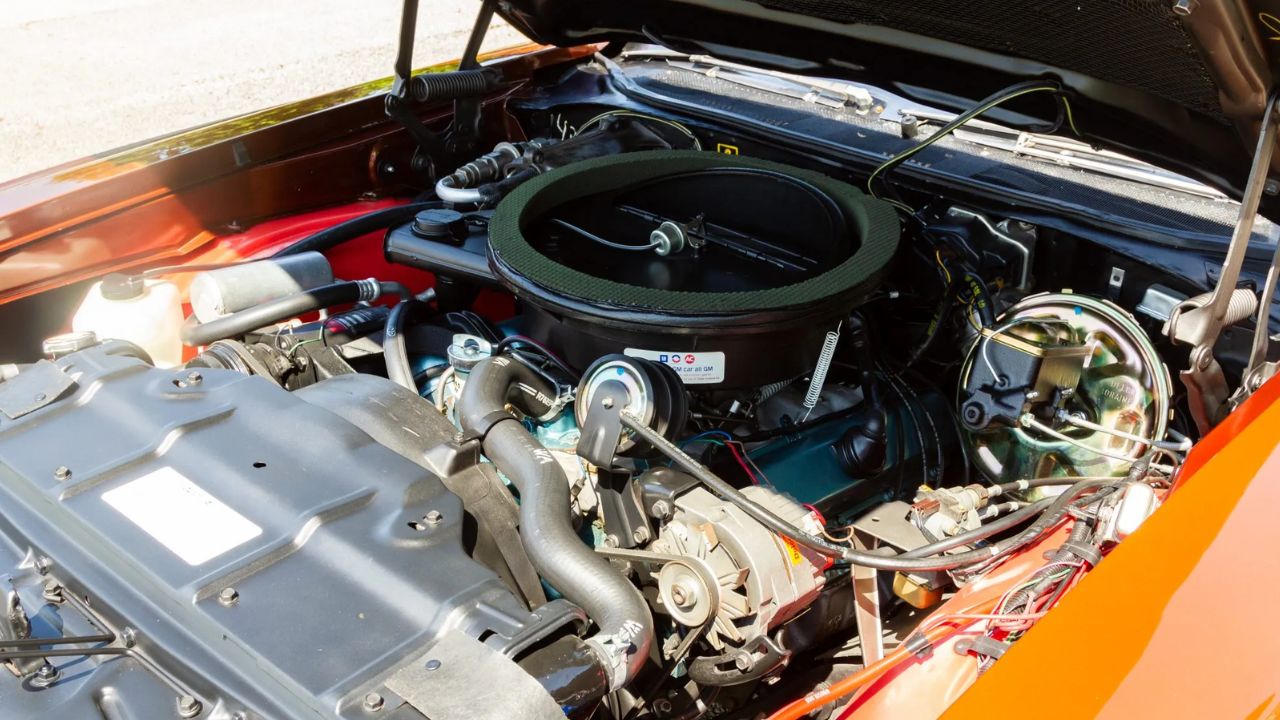
W30 cars got specially cast “D”-ported cylinder heads with bigger valves and revised intake and exhaust flow. These heads helped the massive 455 breathe better, especially at high RPMs. While Oldsmobile didn’t chase redline bragging rights, these heads gave the car solid midrange punch and reliable high-end performance. It was engineering that prioritized real-world muscle.
Red Inner Fender Wells
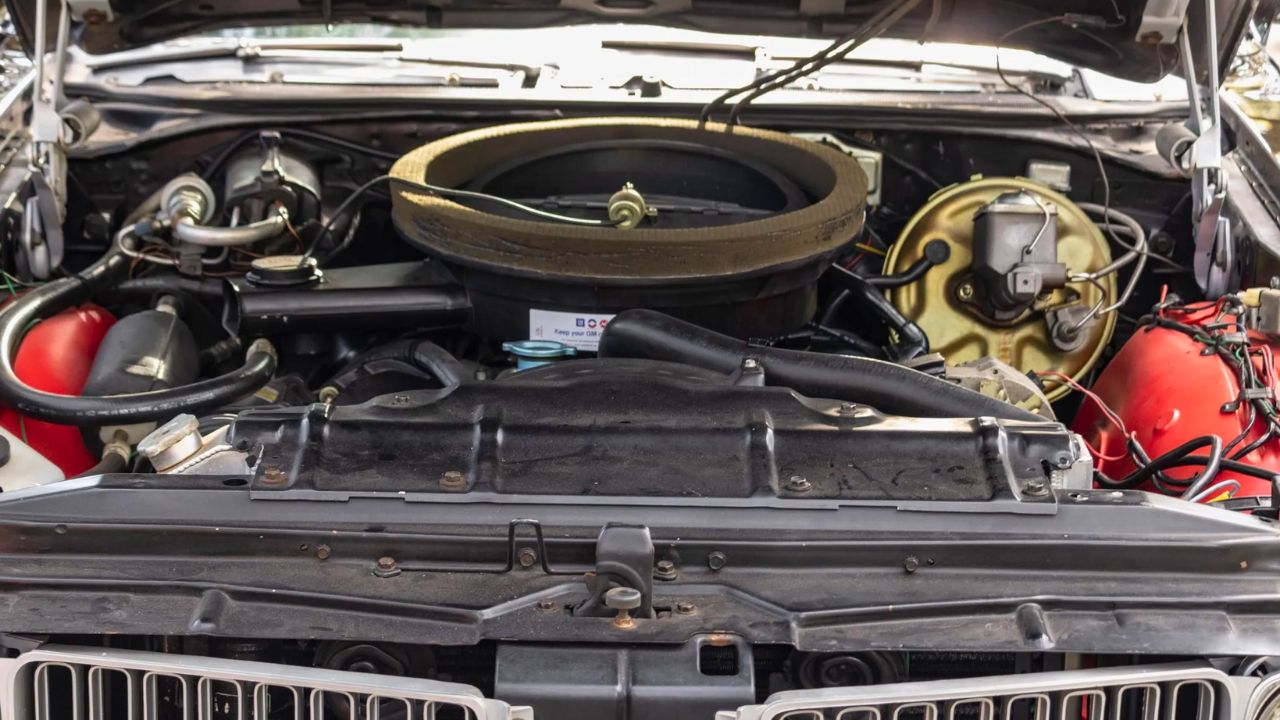
One of the visual hallmarks of a W30 car is the bright red plastic inner fender liners. They weren’t just for looks—they also resisted corrosion better than metal. But today, they’ve become a quick way to ID a real W30 at a glance. Reproductions exist, but spotting original, undamaged red liners adds to the car’s credibility and collector value.
Performance Axle Options
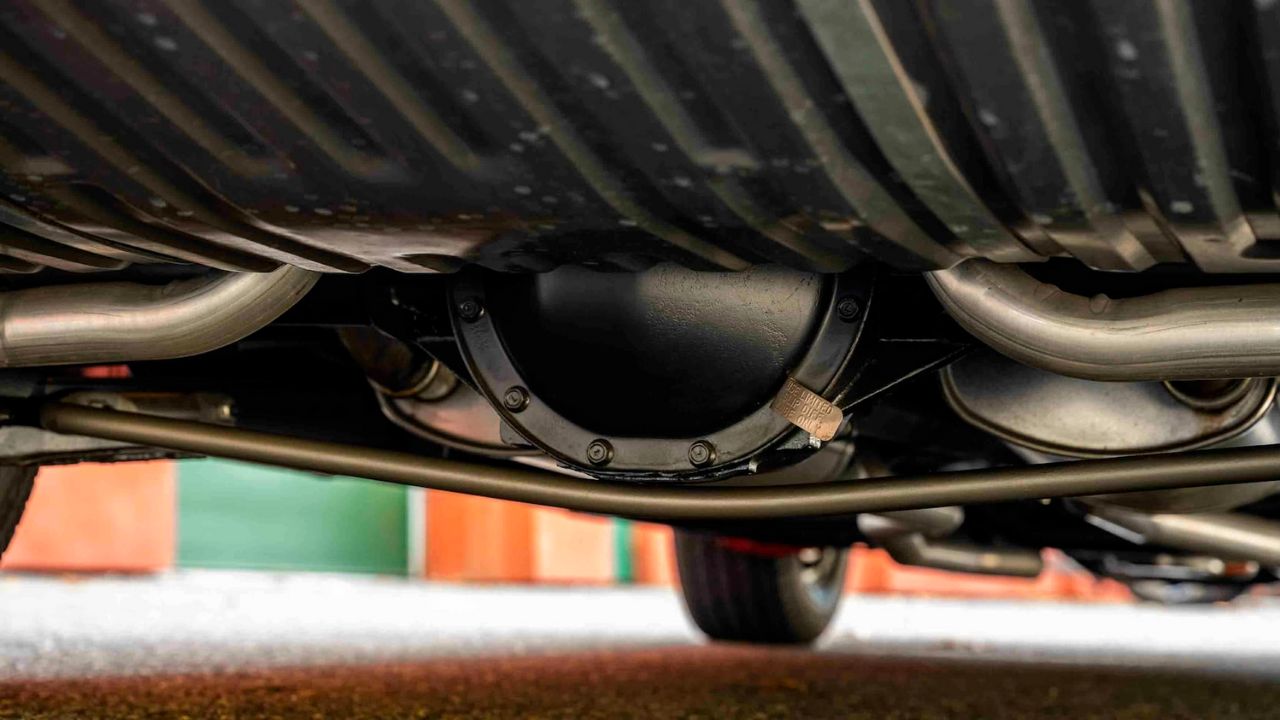
Buyers could spec their W30 with a 3.42, 3.91, or even a brutal 4.33 rear axle ratio. Combined with a 4-speed or a high-stall automatic, these gears let the W30’s torque-rich engine come alive off the line. A well-ordered W30 could comfortably run the quarter mile in the low 13s with minimal modifications.
Factory Documentation
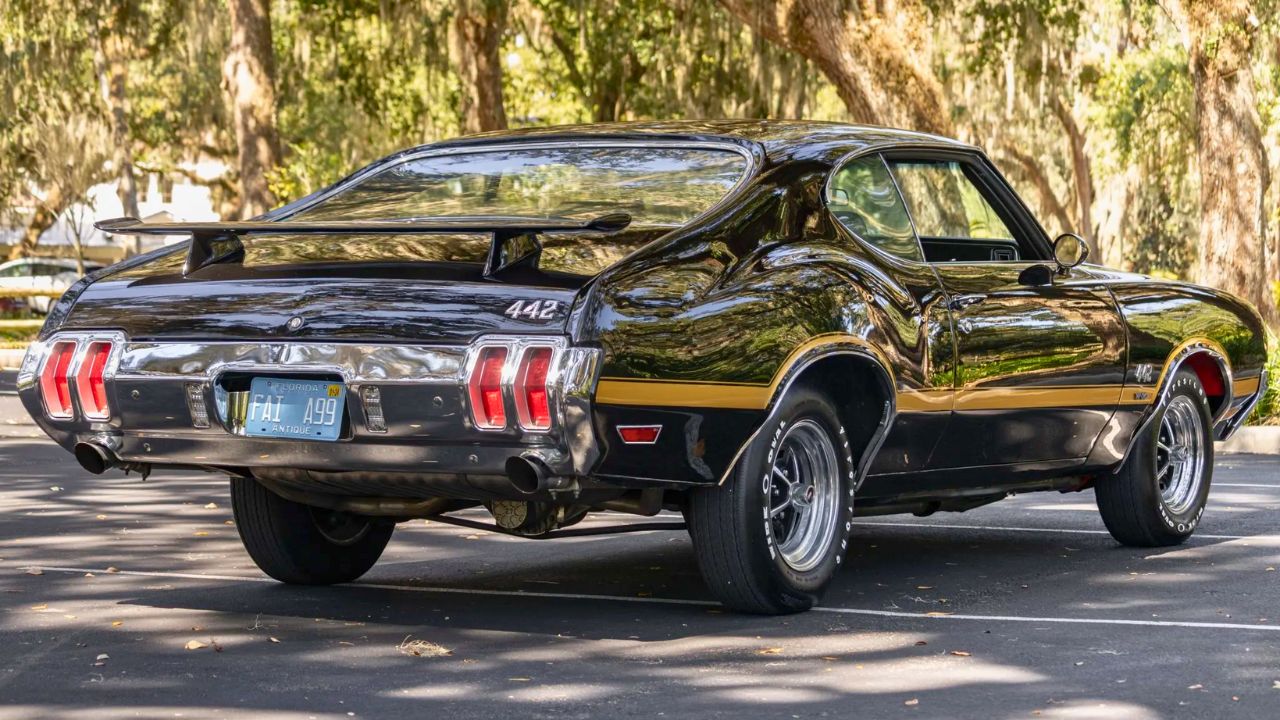
Oldsmobile kept surprisingly good records, which makes verifying a real W30 much easier than with some other muscle cars. Broadcast cards, window stickers, and dealer invoices often included W30 codes. That documentation matters today, as fakes are common and real W30 cars bring serious money at auction. Knowing what to look for makes all the difference.
Limited Production Numbers
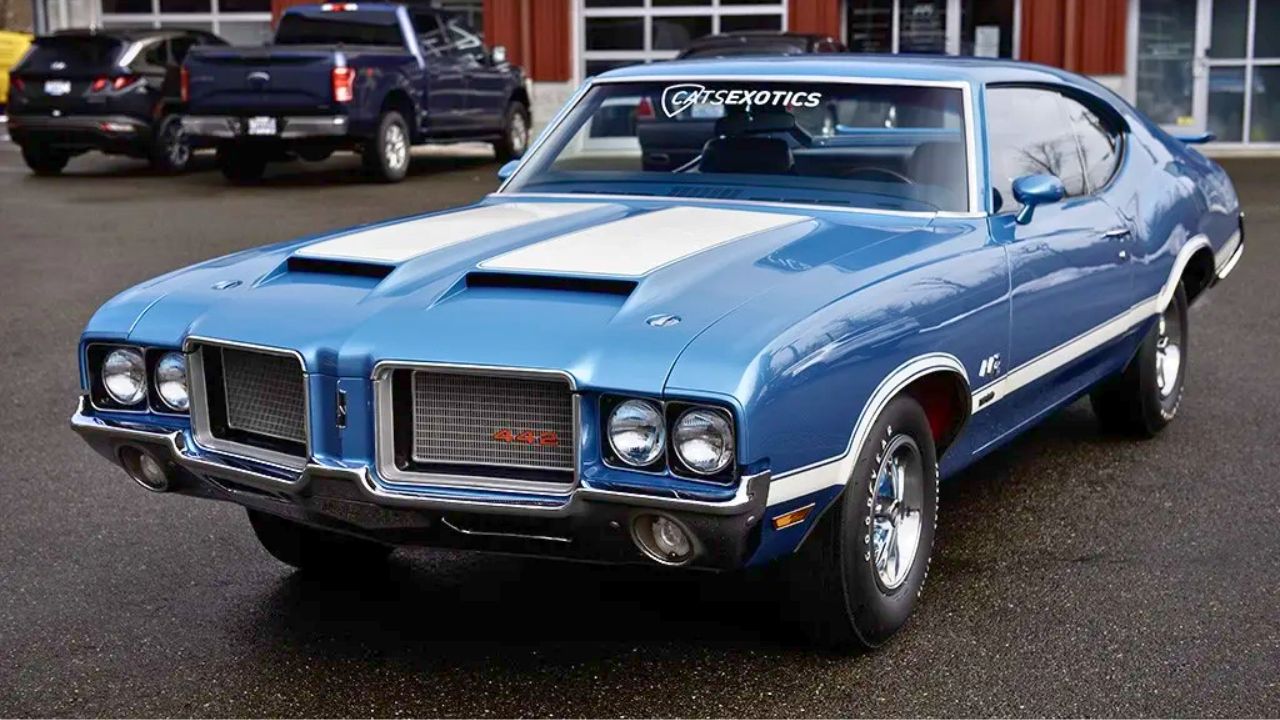
While the 442 was relatively common, the W30 option was not. In 1970, only 3,100 W30 hardtops and 264 convertibles were built. That low production count helps explain why real W30s are hard to find today—especially unmolested examples. If you’re looking at one, check those numbers and inspect the details closely.
NHRA Homologation
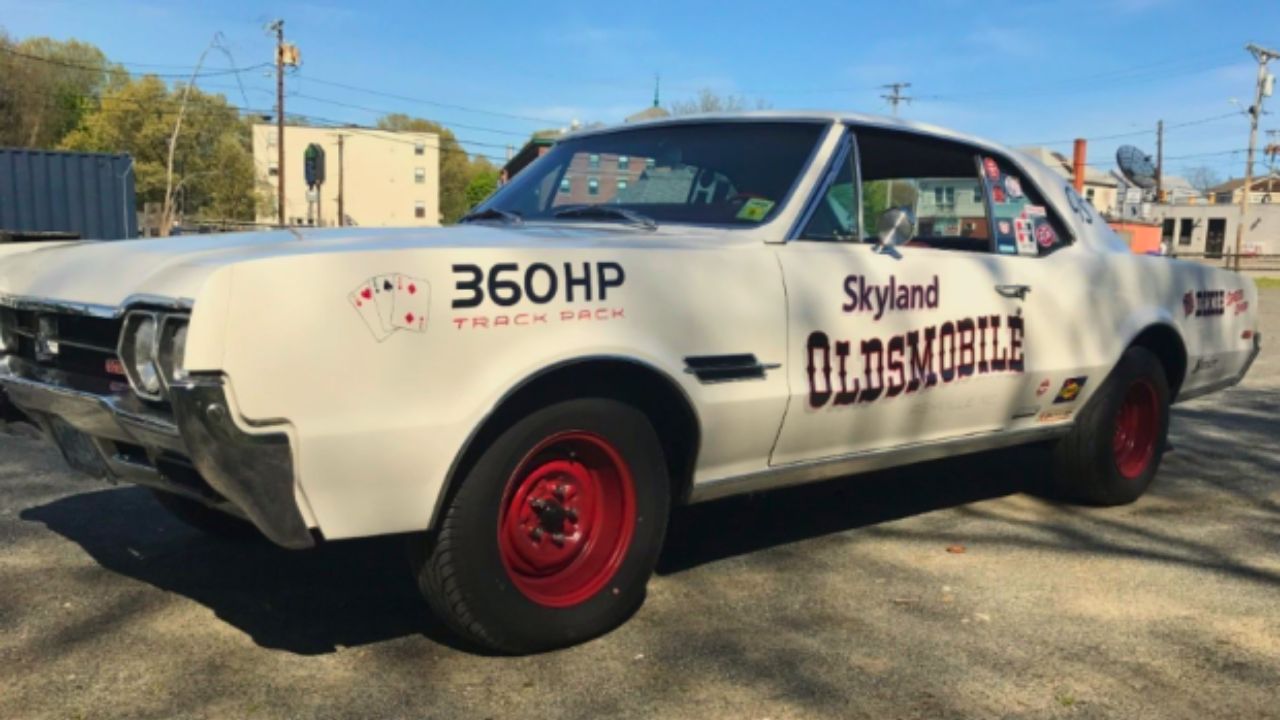
The W30 package wasn’t just for showrooms. It was built to meet NHRA Super Stock rules, giving Olds dealers a factory-built contender. The combination of high torque, sticky tires, and serious gearing made W30 cars competitive right out of the box. That connection to sanctioned drag racing still gives it credibility today.
Growing Collector Interest
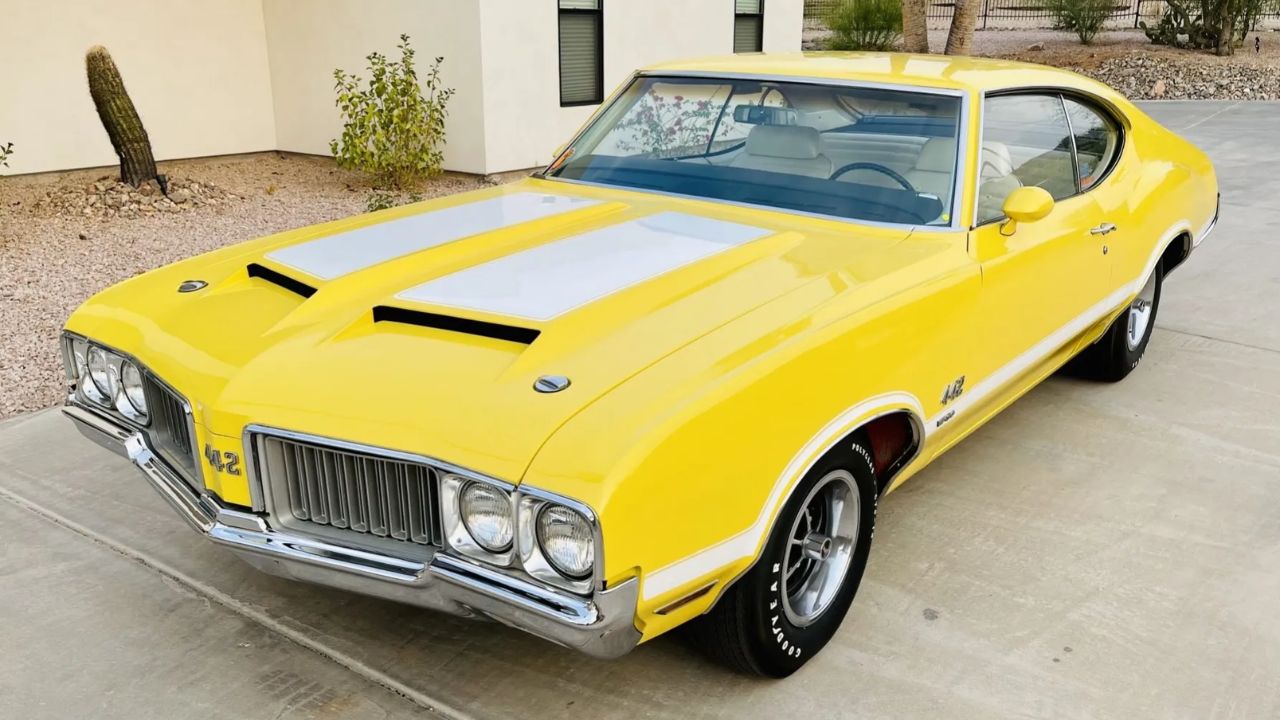
W30 cars have always had a loyal base, but prices have started climbing more sharply in recent years. Original cars with documentation and the right parts now command big dollars, especially convertibles. The W30’s mix of understated style, serious engineering, and real-world speed keeps pulling in collectors who want something different than another Chevelle or GTO.
Like Fast Lane Only’s content? Be sure to follow us.
Here’s more from us:

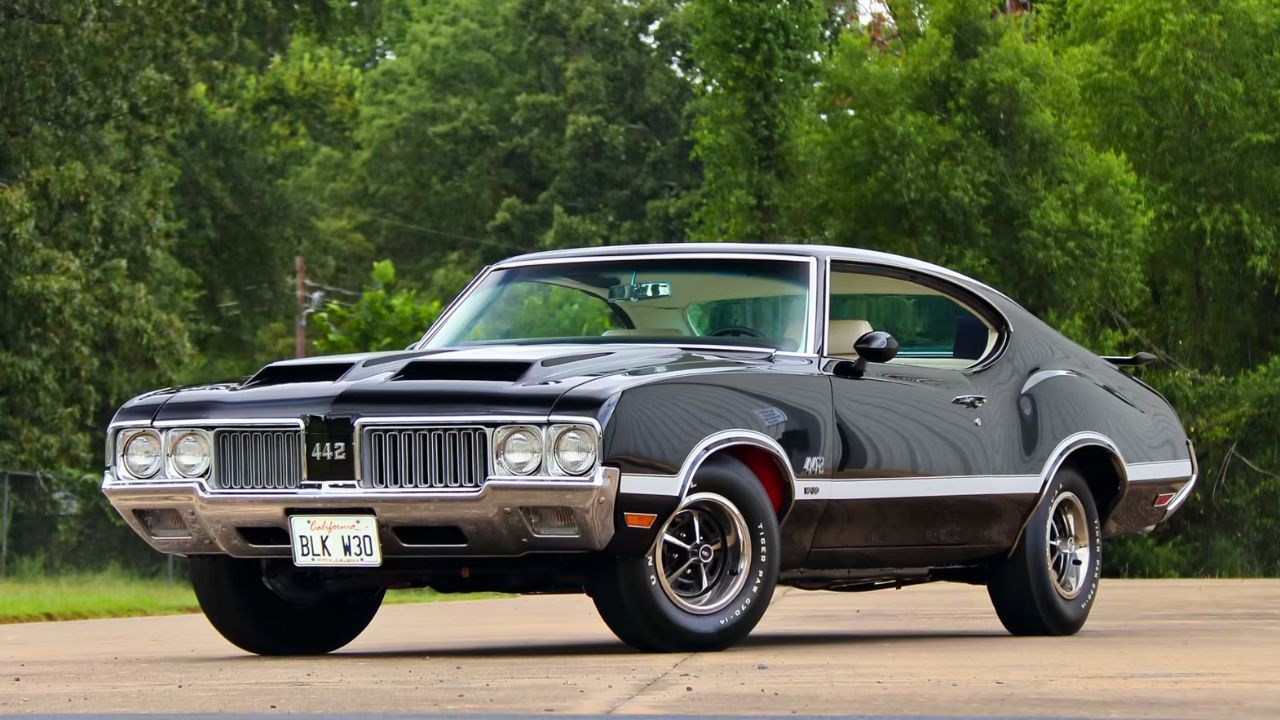

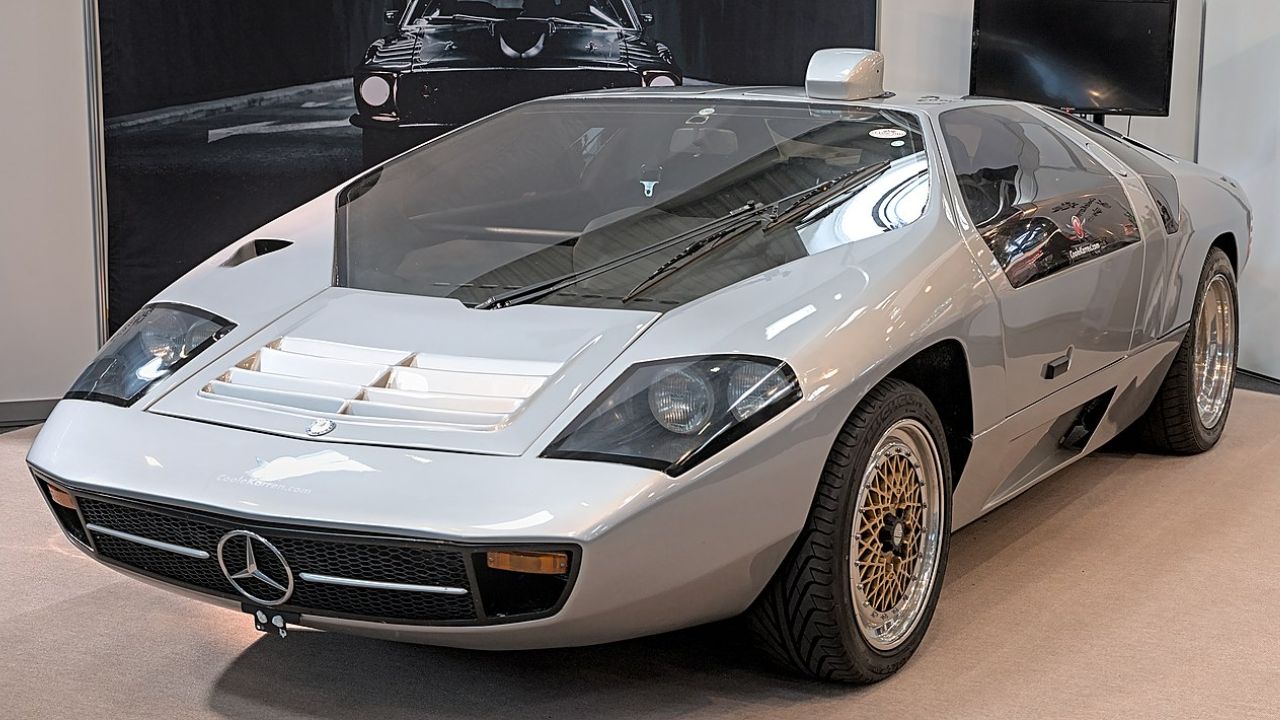
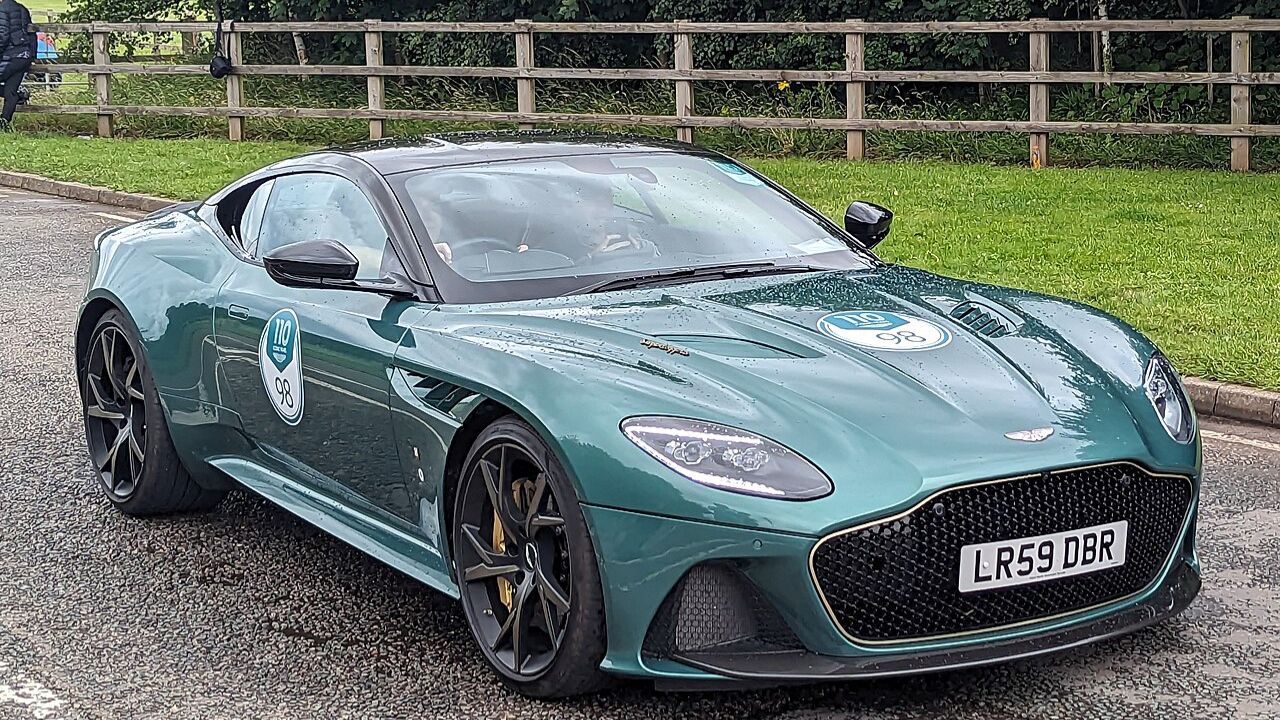
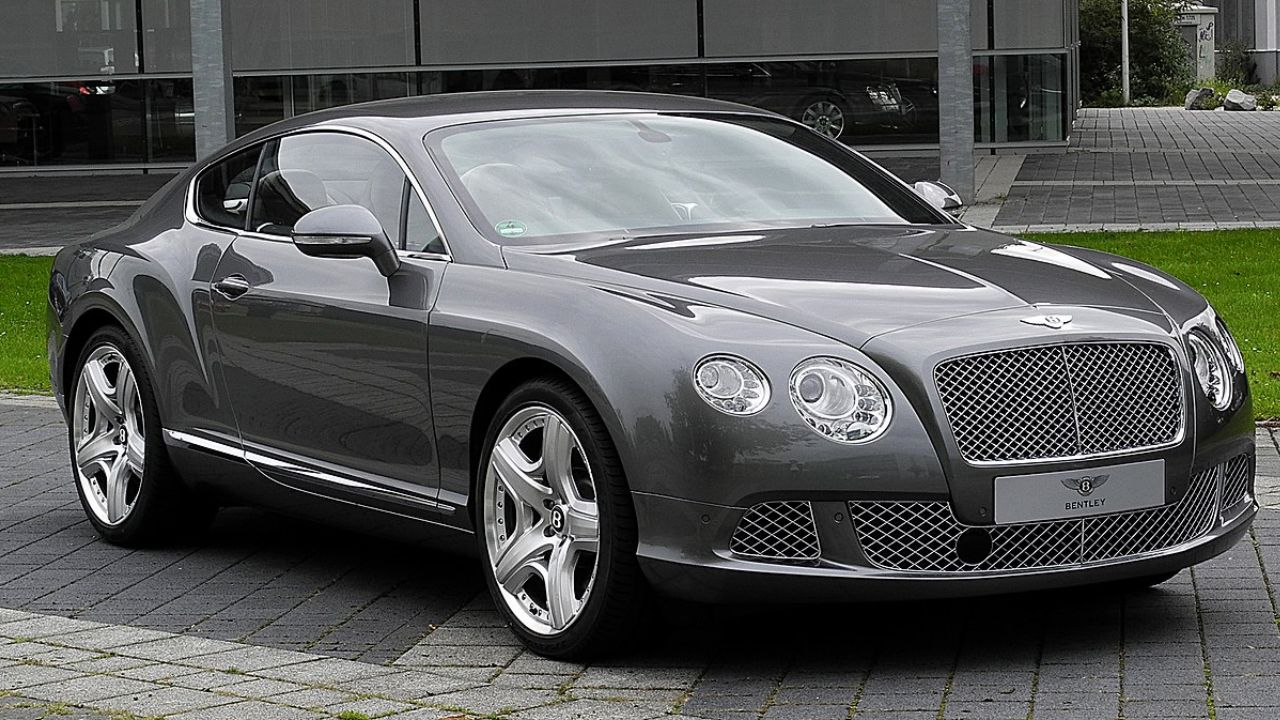
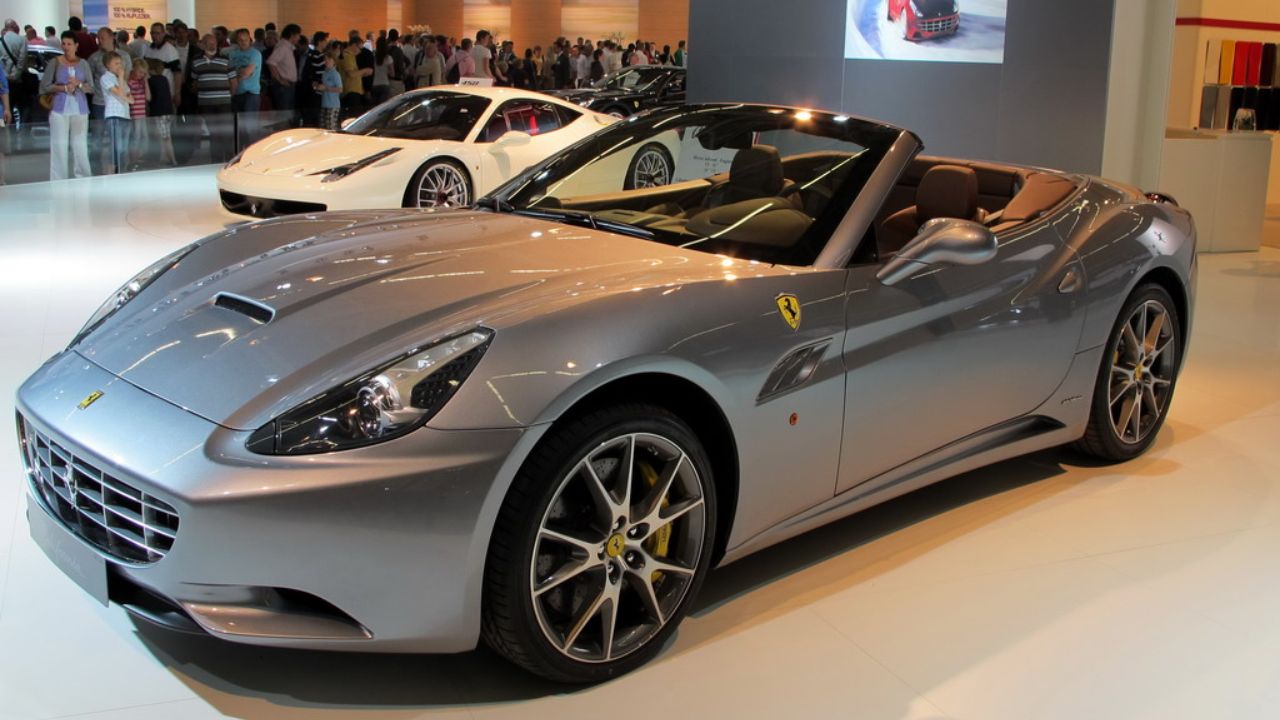
Leave a Reply